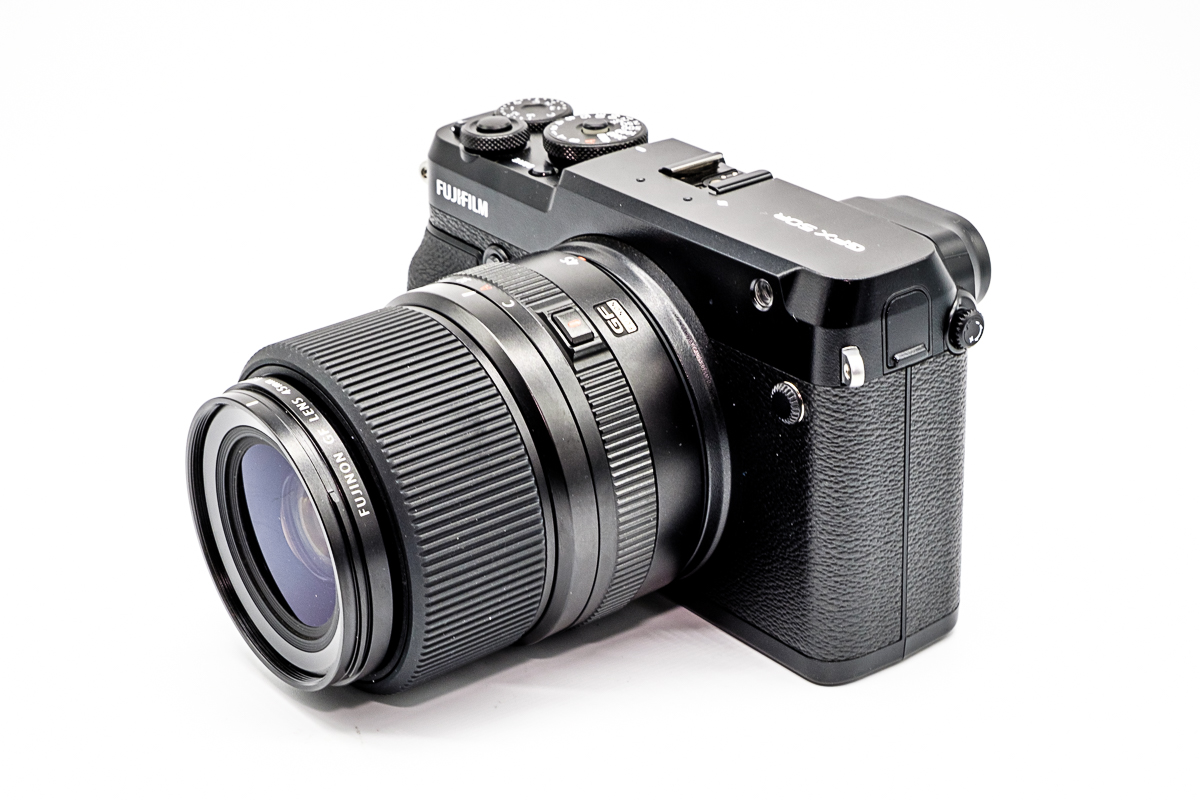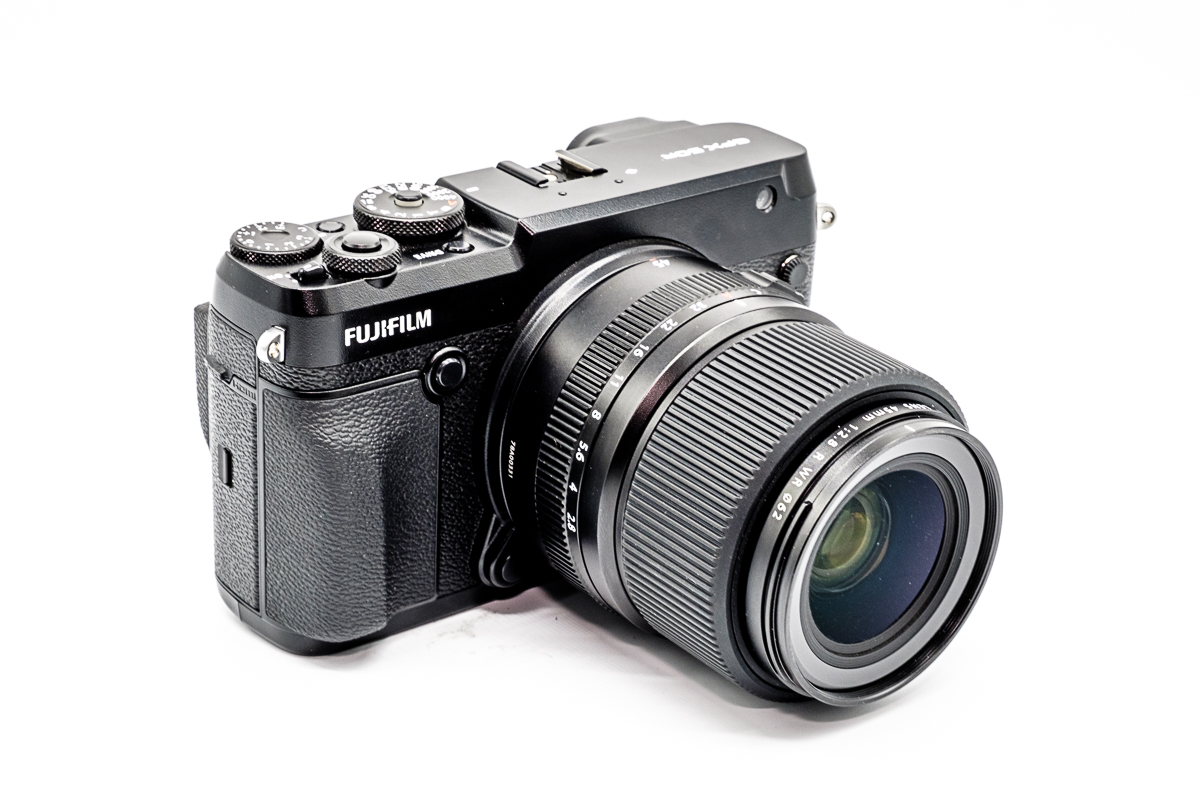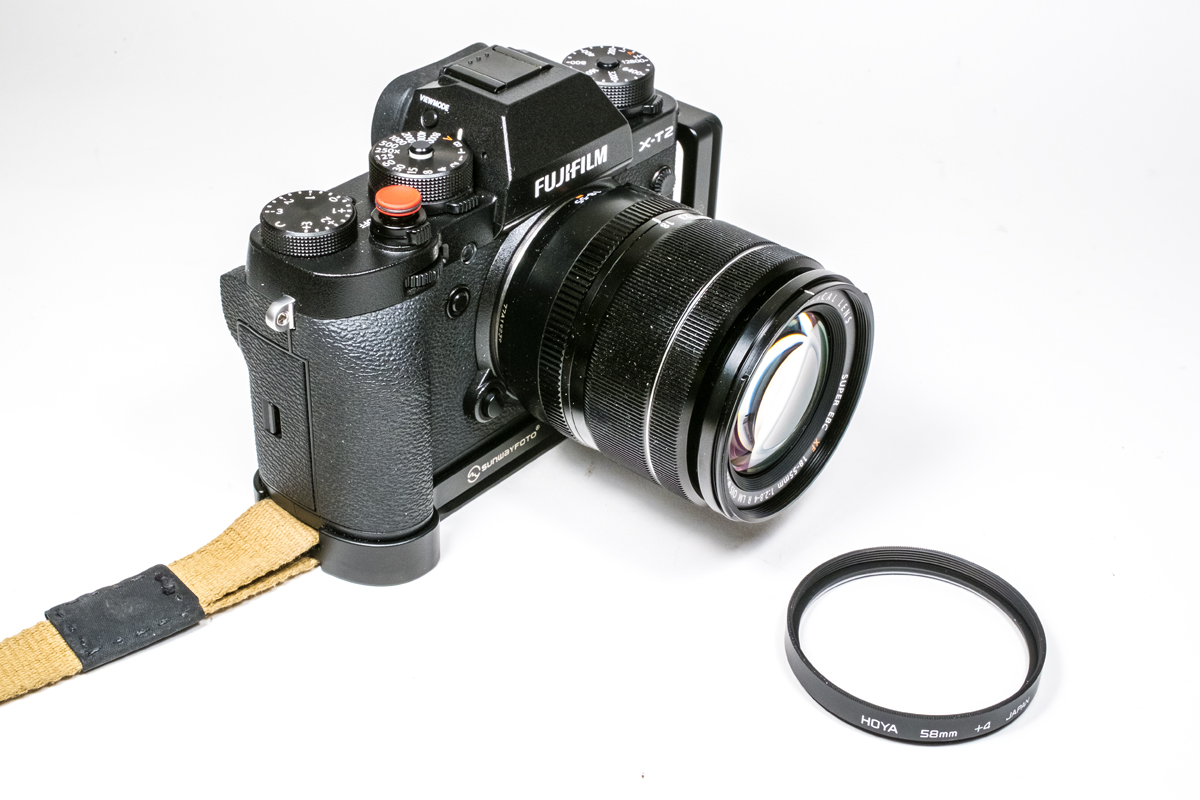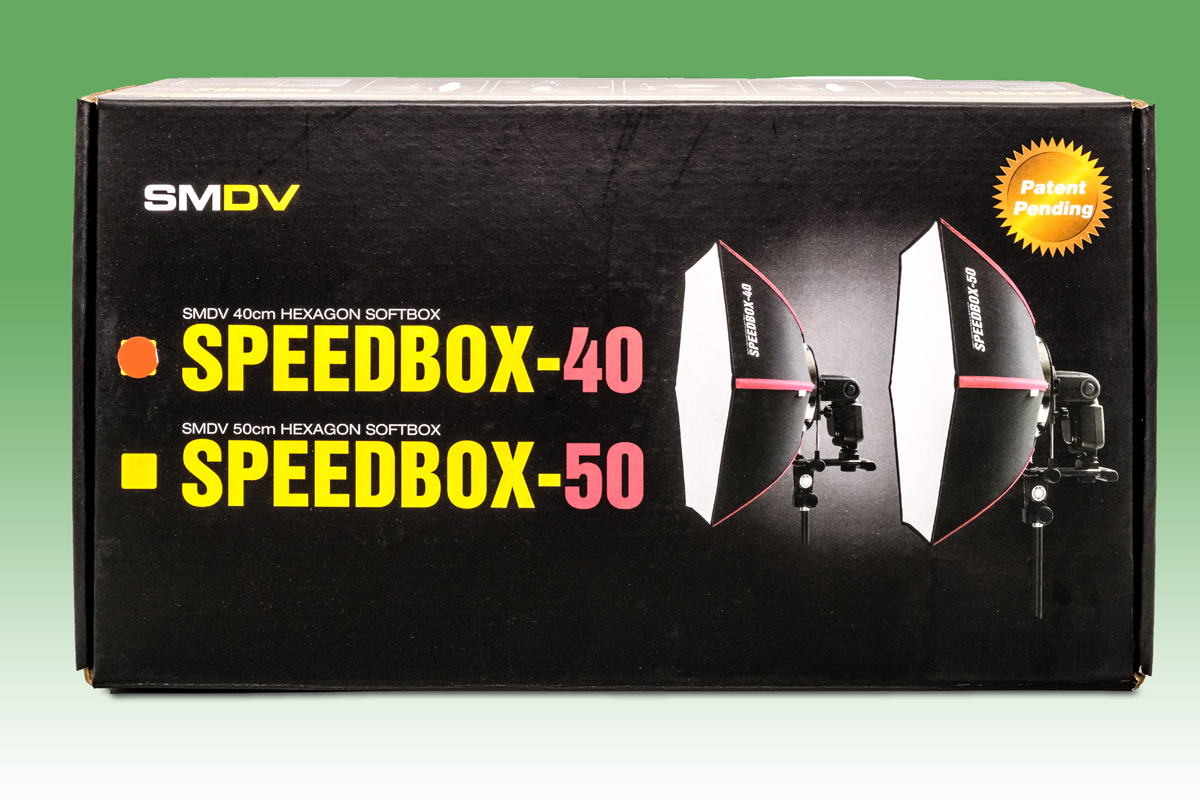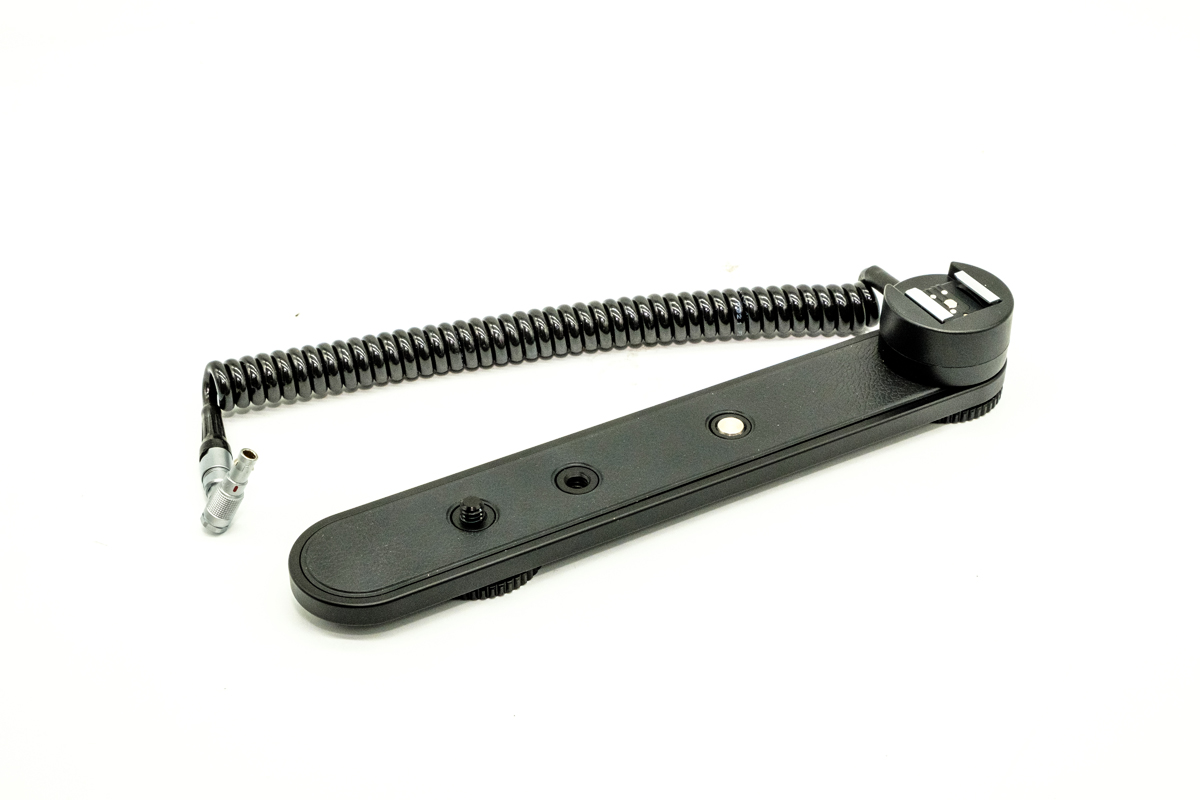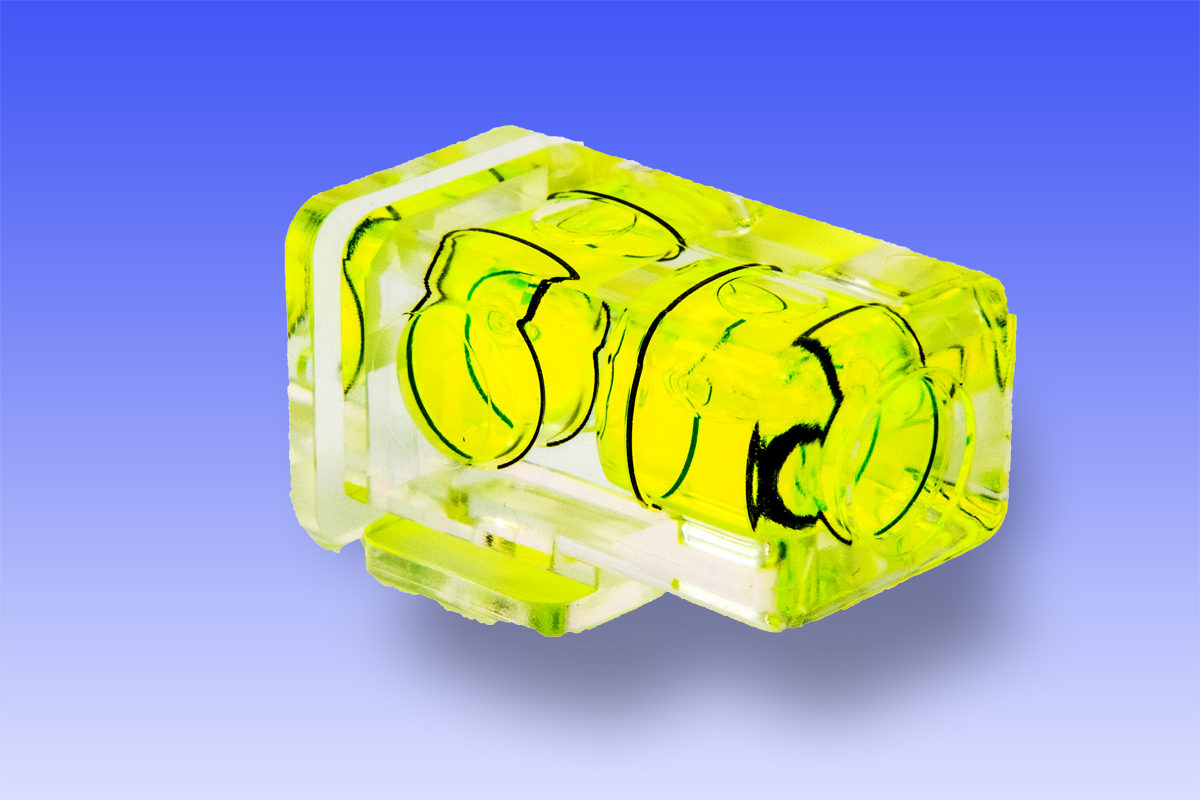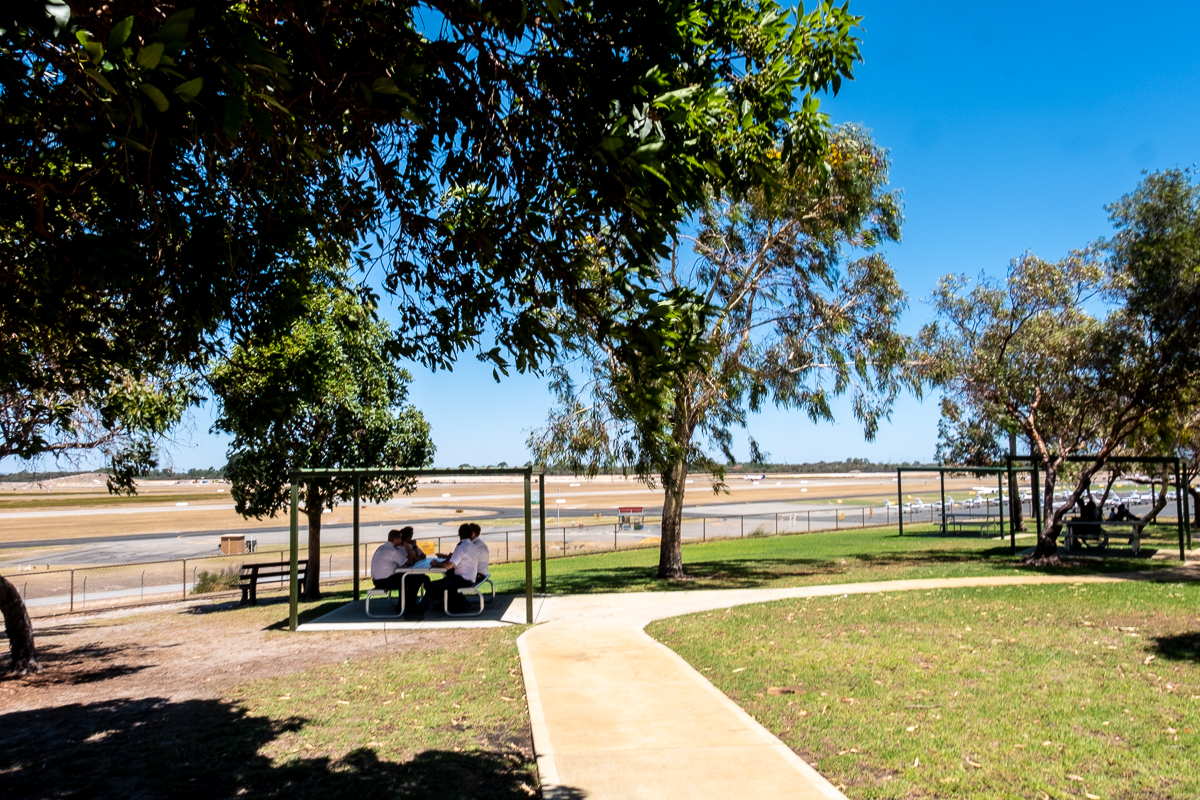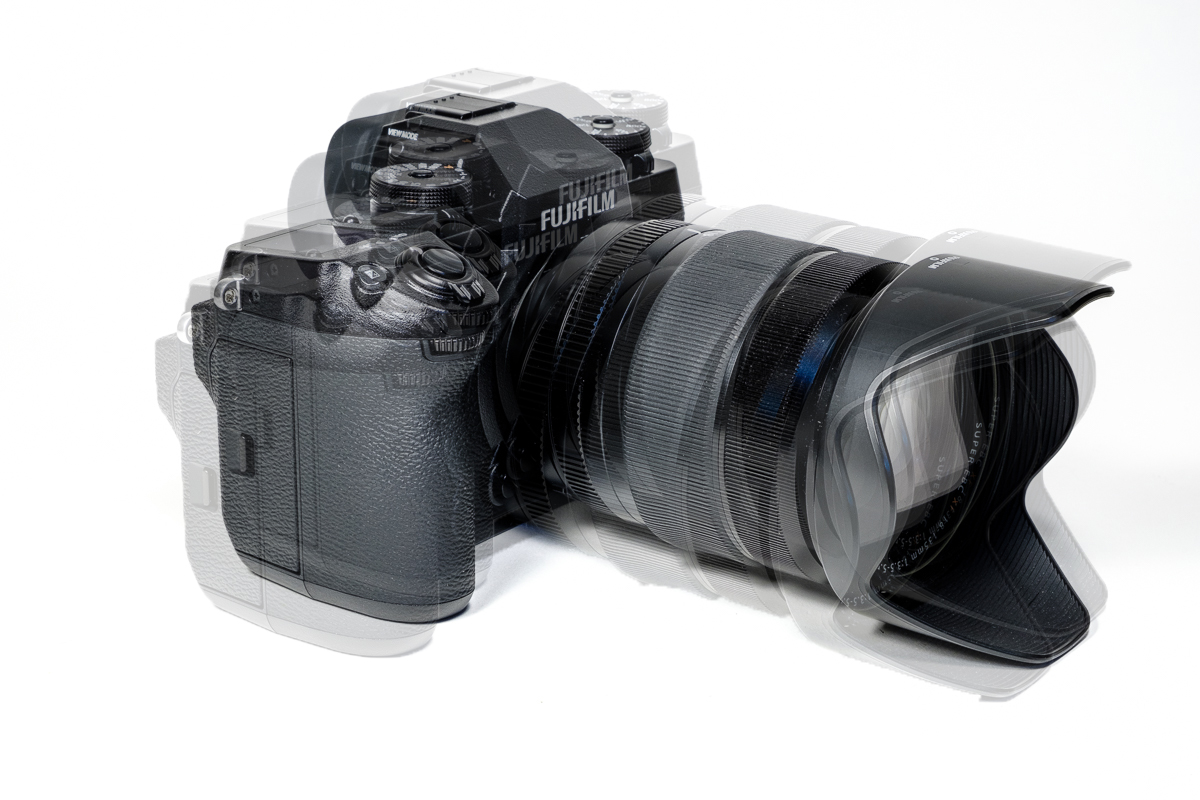22 Feb It Takes No More Time…
It takes no more time to physically walk around a medium format camera than it does a smaller 24 x 36 or APS-DC one, but the mechanical designers of many different brands would have you pause, puzzle, and backtrack to try to figure out exactly what they want you to do so that you can make their camera do what you want to do. The wise ones - and I'll whisper the names Canon, Nikon, and Fujifilm - make their new instructions very much like their old ones. And if they resist the temptation to go down the hall to the graphic design office and demand a new set of icons for the screen, they have the blessings of all working shooters. As an aside - on the subject of shooting - anyone who has ever shot a repeating rifle and worked the mechanism to get a cartridge into the receiver will know that generally, they have to pull something up or back somehow. It varies with different arms but you can puzzle it out pretty smartly. Try that with a...


